The Most Common Hardwoods And Softwoods For Woodworking
When Embarking On A Woodworking Project, One Of The Most Crucial Decisions You’ll Make Is Selecting The Right Type Of Wood. The Choice Between Hardwoods And Softwoods Can Greatly Impact The Final Appearance, Durability, And Overall Quality Of Your Creation. In This Guide, We’ll Delve Into The Characteristics Of The Most Common Hardwoods And Softwoods Used In Woodworking, Helping You Make Informed Choices For Your Projects.
Hardwoods: Strength And Beauty
Hardwoods Come From Deciduous Trees That Shed Their Leaves Annually. They Are Known For Their Durability, Strength, And Intricate Grain Patterns, Making Them Ideal For A Wide Range Of Woodworking Applications.
1) Oak
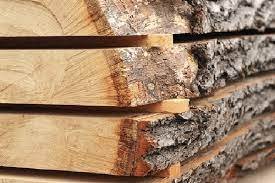
- Types: Red Oak, White Oak
- Characteristics: Oak Is Revered For Its Strength And Prominent Grain Patterns. Red Oak Offers A Warm Reddish Hue, While White Oak Is Slightly Darker And More Water-Resistant.
2) Maple

- Types: Hard Maple, Soft Maple
- Characteristics: Maple Is Prized For Its Smooth And Fine Grain, Making It A Favorite For Furniture And Cabinetry. Hard Maple Boasts A Pale, Even Color, While Soft Maple Offers Slightly More Variation.
3) Cherry
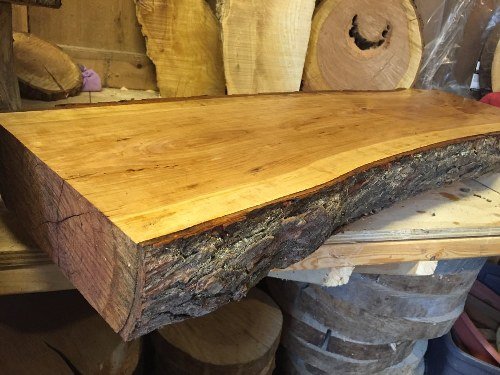
Characteristics: Cherry Wood Darkens With Age, Giving It A Rich, Reddish-Brown Hue. Its Fine Grain And Smooth Texture Make It A Popular Choice For Intricate Woodworking Details.
4) Walnut
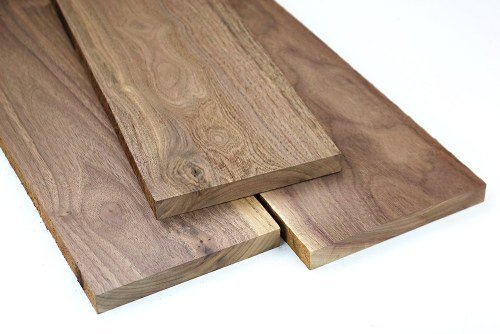
Characteristics: Walnut Wood Boasts A Deep, Dark Brown Color With Occasional Streaks Of Lighter Shades. Its Unique Grain Patterns And Rich Tones Make It Highly Sought After For Fine Furniture And Decorative Pieces.
Softwoods: Versatility And Accessibility
Softwoods Come From Coniferous Trees, Which Retain Their Needles Throughout The Year. While They May Be Less Dense Than Hardwoods, Their Versatility And Availability Make Them Essential For Various Woodworking Projects.
1) Pine
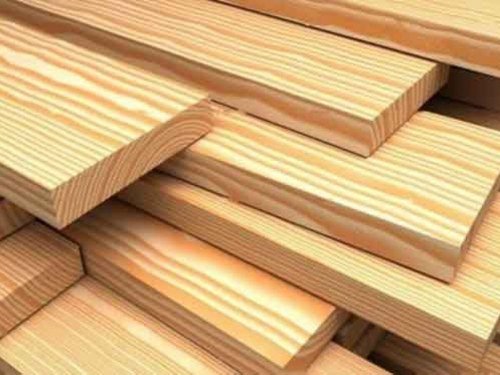
- Types: Eastern White Pine, Southern Yellow Pine
- Characteristics: Pine’s Light Color And Straight Grain Lend Themselves Well To Rustic And Casual Designs. It’s Relatively Soft, Making It Easy To Work With, But May Require Additional Protection To Prevent Dents And Scratches.
2) Cedar
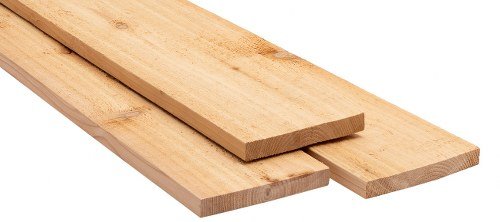
- Types: Western Red Cedar, Eastern Red Cedar
- Characteristics: Cedar’s Natural Resistance To Insects And Decay Makes It A Popular Choice For Outdoor Projects. Its Aromatic Scent And Warm Color Enhance Its Appeal.
3) Fir

- Types: Douglas Fir, Eastern Fir
- Characteristics: Fir Wood’s Strength And Affordability Make It Suitable For Structural Components And Framing. Its Consistent Grain And Light Color Make It Adaptable To Various Finishes.
4) Spruce

- Types: Sitka Spruce, White Spruce
- Characteristics: Spruce Wood’s Lightweight Nature And Pale Color Make It A Favorite For Crafting Musical Instruments, As Well As For Trim And Millwork.
Choosing The Right Wood For Your Project
There Are Many Different Types Of Woods Beyond The Ones Listed Here And As You Gain Experience You Will Learn What Works Best For Which Situation. Selecting The Right Type Of Wood Involves Considering Factors Such As Appearance, Strength, Durability, And Your Project’s Intended Use. Whether You Opt For The Elegance Of Hardwoods Or The Versatility Of Softwoods, Each Type Of Wood Brings Its Unique Qualities To The Table. Understanding The Characteristics Of Common Hardwoods And Softwoods Empowers You To Craft Woodworking Projects That Not Only Stand The Test Of Time But Also Exude Timeless Beauty.